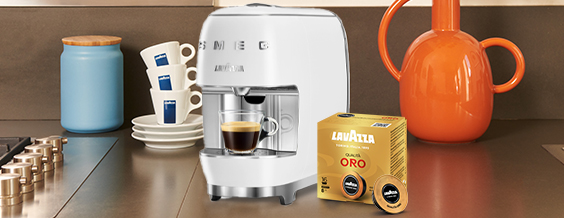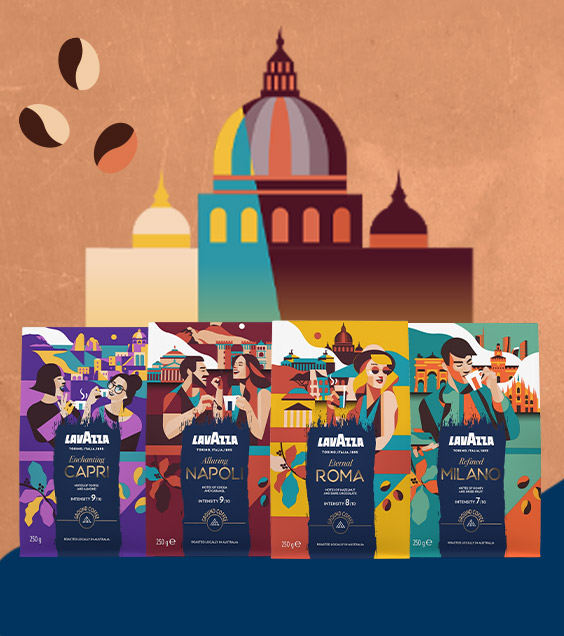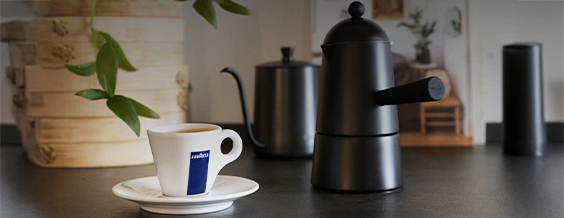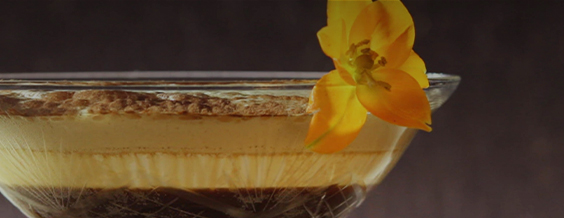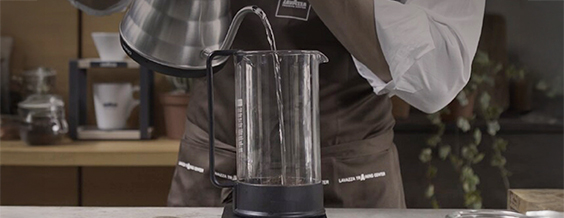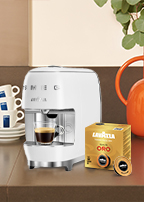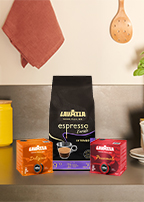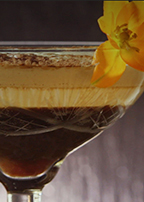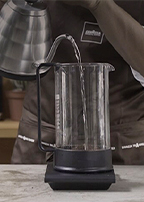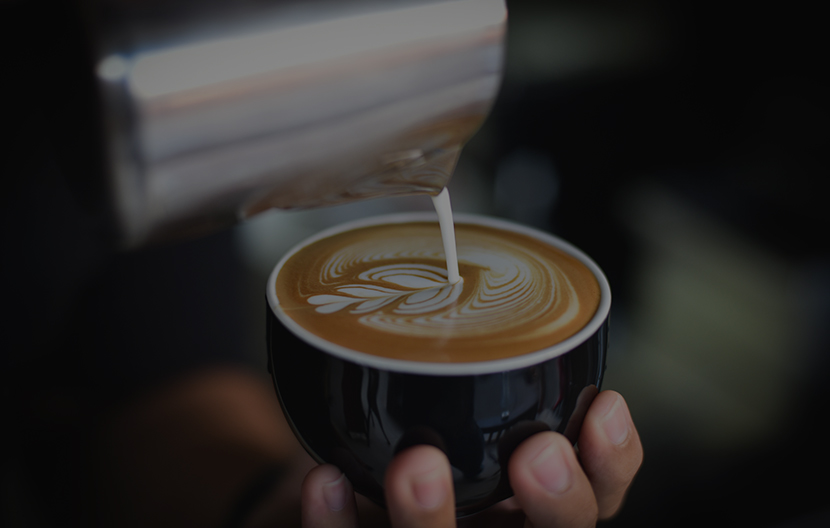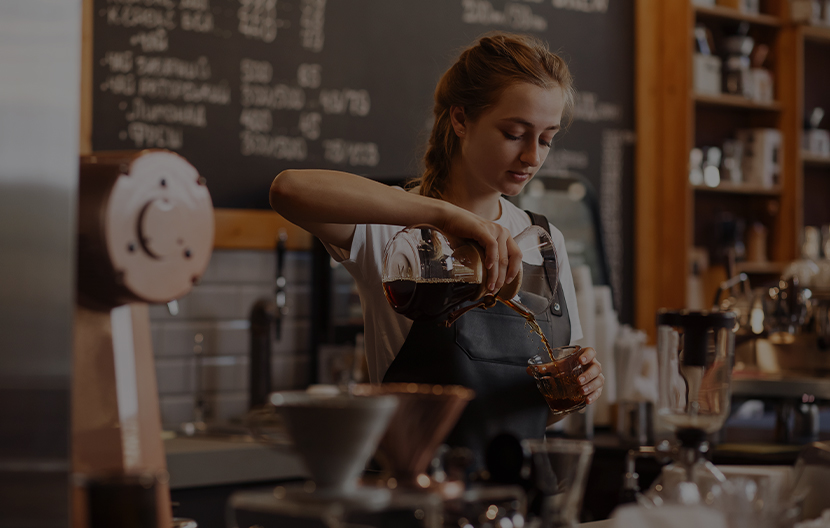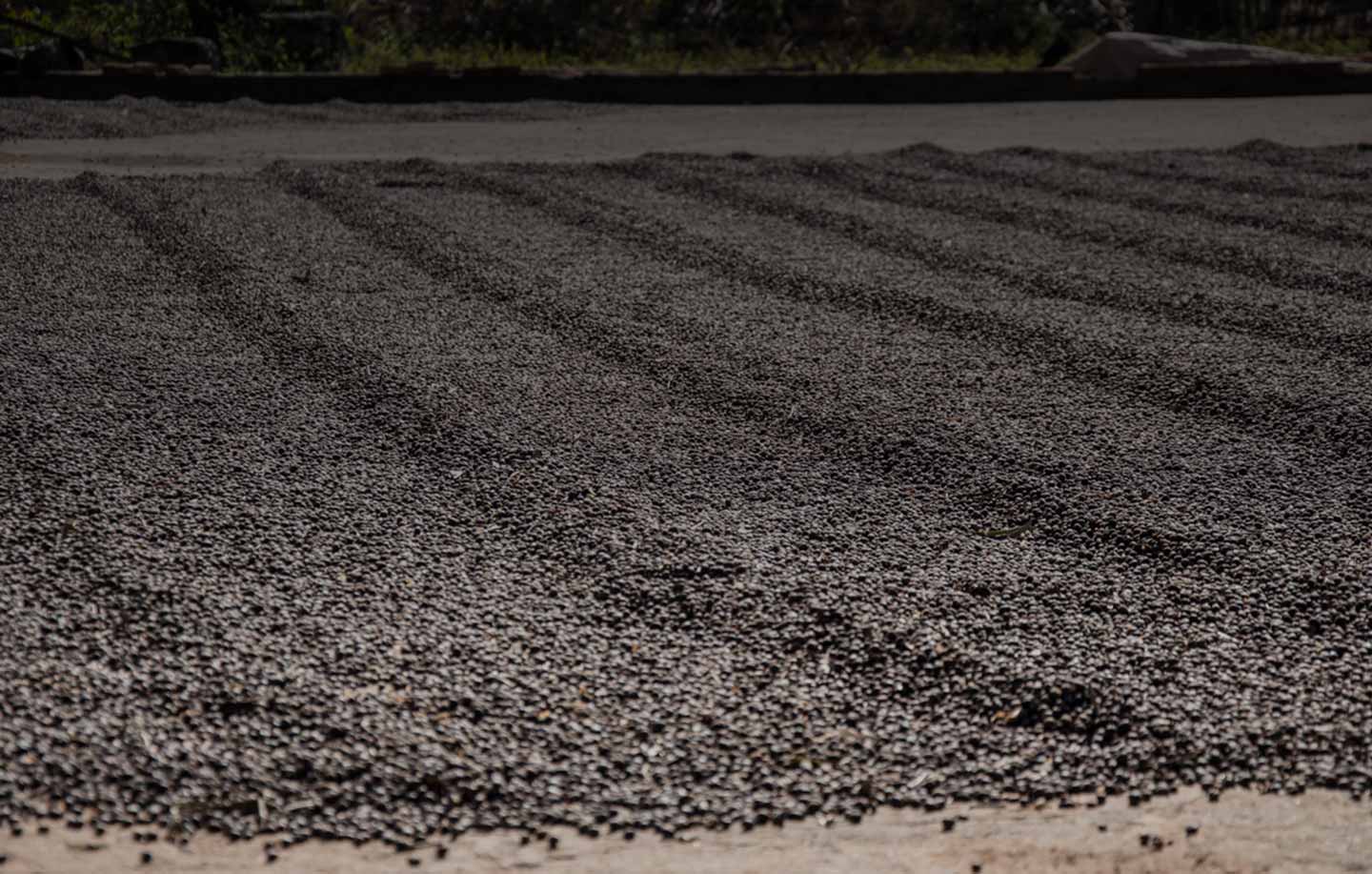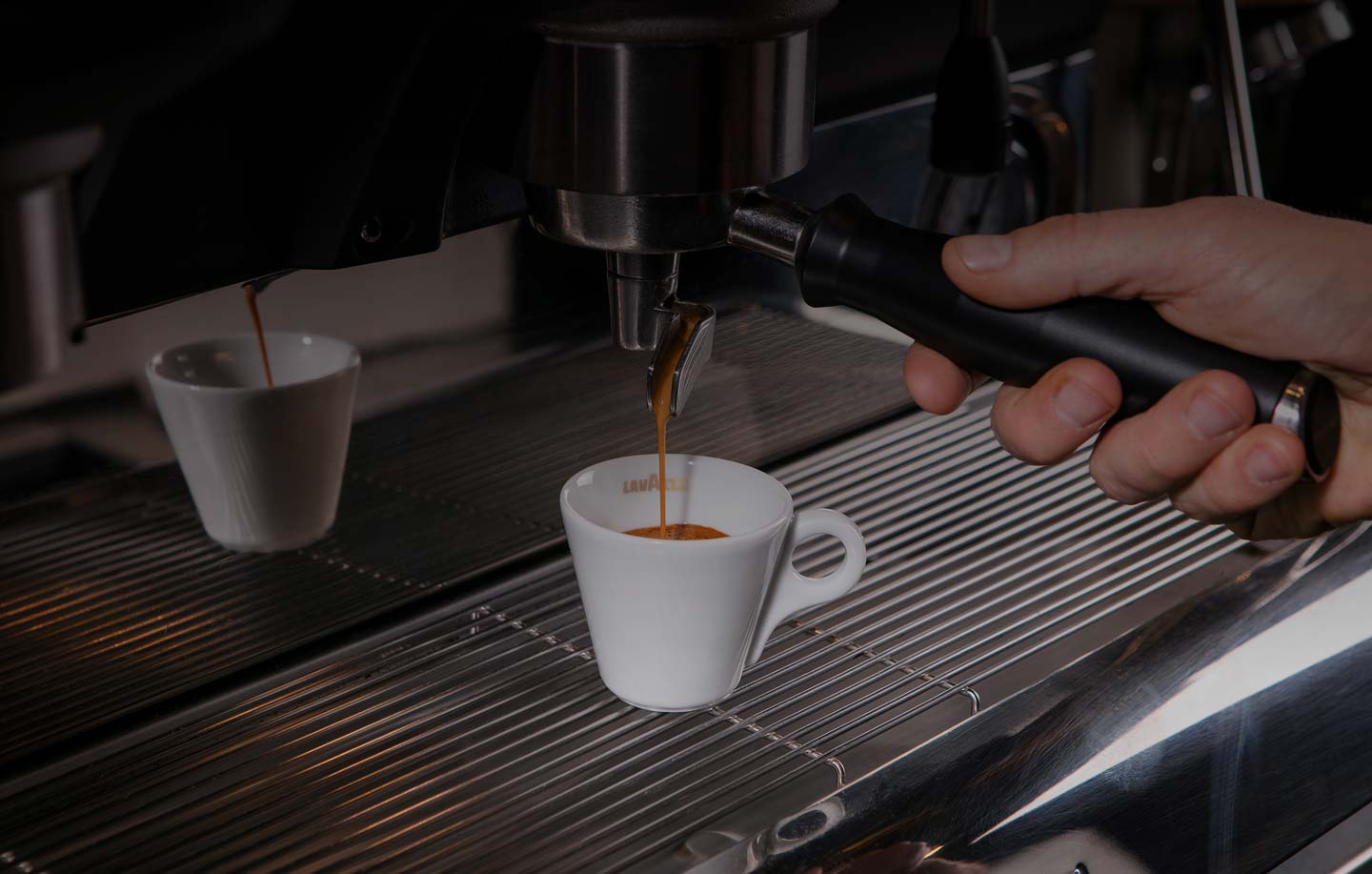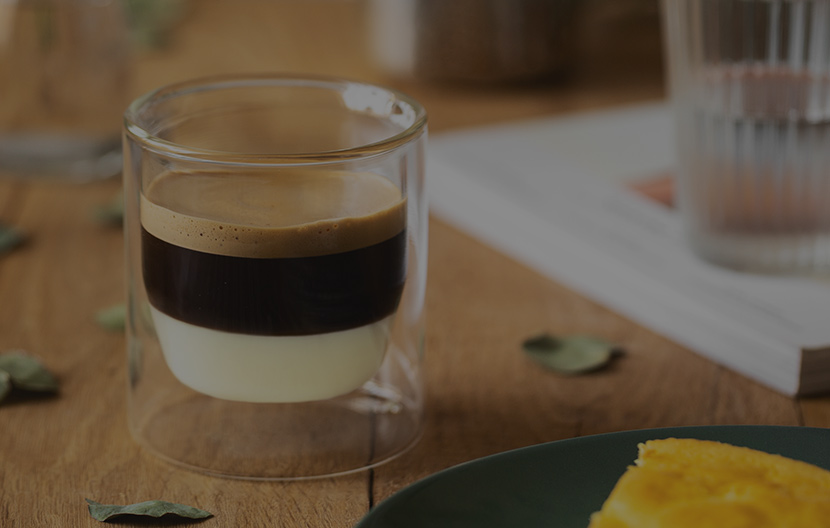*Lavazza is not affiliated with, endorsed or sponsored by Nespresso


Arabica and Robusta: the best grown coffee bean species
With this article we will break it down for you the main issues and explain the differences between Arabica and Robusta, the two most cultivated beans for coffee consumption.
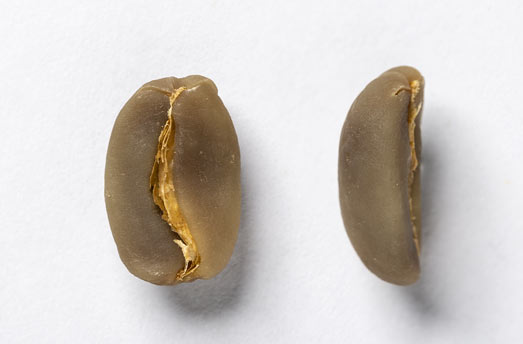
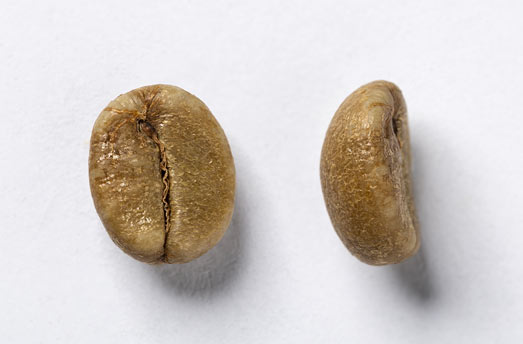
What is Arabica and Robusta coffee
Robusta coffee bean is a species coming from the Coffea canephore plant. Its production amounts to around 30% of the world’s total, which in fact makes it the second most popular variety.
Its typical features are a strong and harsh, yet deep flavour, given by a high caffeine content. These are the characteristics for which it is considered very suitable for instant coffee, since Robusta is mostly used for instant coffee granules and powders.
For its part, Arabica is undoubtedly the most widely produced species of bean. It was originally discovered in the high-altitude forests of Ethiopia, where – according to several legends – it was cultivated and harvested to brew hot beverages in the 12th century. This species derives from a plant known as Coffea Arabica and is certainly more appreciated and favoured than Robusta by coffee connoisseurs.
The nuanced, aromatic, and sweeter mouth feels certainly play a significant part in the bean’s popularity and recognition. While having a lower caffeine content, coffee aficionados stand for Arabica beans, since they are in love with their delicious taste. Arabica beans are the most relevant in terms of production and trade, accounting for about 70% of the market and are higher in terms of quality and more expensive to purchase.
Although there are over hundred different species of coffee, these two are to be considered as the two most popular and appreciated all over the world.
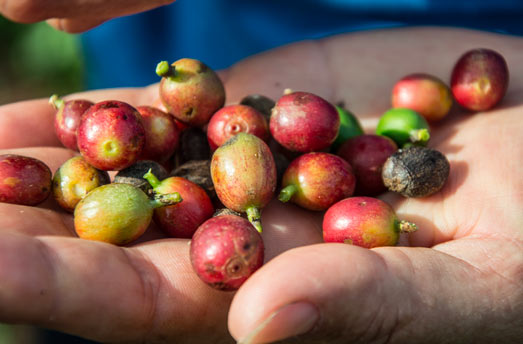
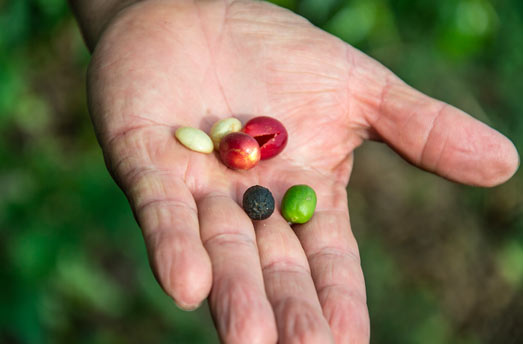
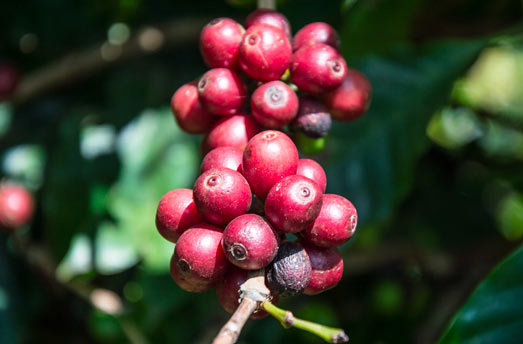
The main differences of the two types
It is in terms of appearance that we found the first differences between these two species. Arabica coffee beans are generally ovular, flat and oilier than Robusta. That’s why they taste sweeter, zestier and somewhat fruitier. On the other hand, Robusta coffee beans tend to be slightly smaller and rounder. Their harsh, bitter taste is due to the fewer oils they hold, while usually having a more natural and earthy flavour.
As already mentioned, another difference is to be found in the amount of caffeine differing while comparing the two species, which is more concentrated in Robusta than in Arabica. Whether Robusta beans have 2.7% caffeine content, Arabica holds almost the half of it, reaching a percentage of 1.5%. Furthermore, Arabica contains almost twice the concentration of sugar and about 60% more lipids than Robusta, features that probably have a noticeable influence on the reason why consumers prefer Arabica.
As the name suggests, Robusta is an extremely hardy plant. In terms of cultivation, it is much easier to tend to, growing in a variety of different environments, and generally has a higher yield. It is less likely to be affected by insects because of the higher amount of caffeine, since it works as a chemical defence for the coffee seeds as it is toxic to bugs.
Moreover, very few people are aware of a third species of coffee that is commercially farmed, despite making up for only less or more 2-3% of the global coffee trade, which is known as Liberica. What is Liberica? Its flavour can be described as fruity, unusual and peculiarly intense, thanks to a low acidity and a less bitter aroma, granting a strong and resolute aftertaste.
So which one to choose between the two?
The right answer to this age-old question is to be primarily found in your own preferences and taste! Nevertheless, as already pointed out, most coffee enthusiasts seem to profusely agree on Arabica coffee as the most prestigious one, thanks to its sweeter and softer tones and its frequent fruity and chocolatey notes. Nonetheless, while Arabica is certainly more popular, beans from Robusta plants, while being more bitter, do have their own place in the heart of coffee lovers.
Although Ethiopian Arabica are frequently considered as the best gourmet coffees worldwide, some Robusta may rival them in terms of quality. Deciding which one is unquestionably the best variety from every point of view is rather impossible. As many other things in life, it is all a question of taste and, in this case, at times of mixtures, as you could actually go for a delightful Arabica and Robusta blend!

